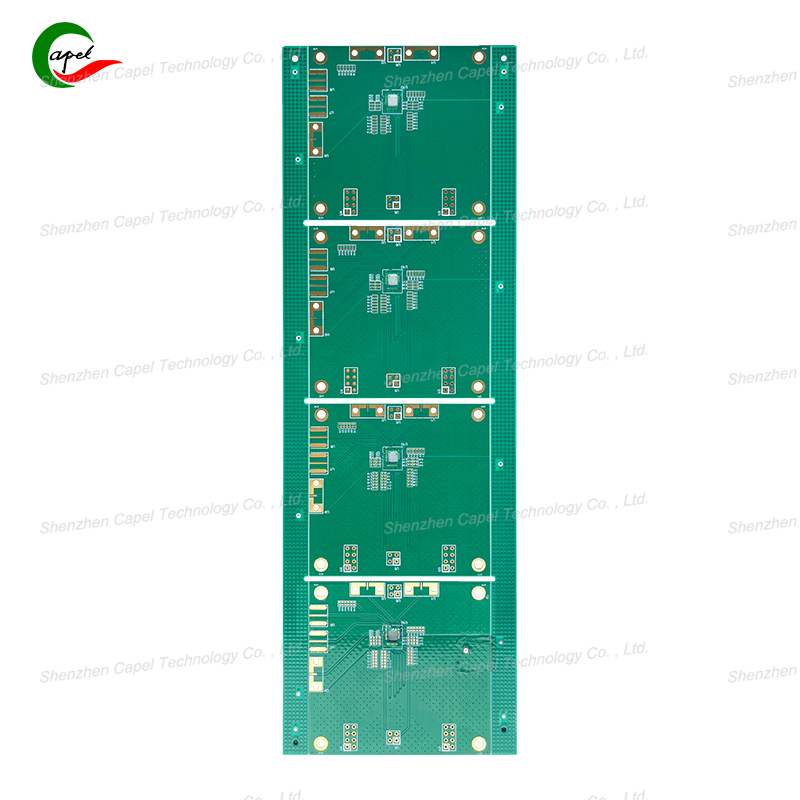Date: 2025-10-14
Let me share some hard-won wisdom about a problem that's ruined more than one of my flex PCB projects: solder pad cracking in flexible areas. I've spent countless hours debugging intermittent connections that traced back to pad design flaws that looked perfectly fine on paper.
Practical Pad Size Guidelines That Actually Work
Through tear-down analysis and collaboration with our manufacturing partners, we've established these reliable pad dimensions for common components in flex areas:
For 0402 components, we've standardized on 0.6mm × 0.4mm pads. Early in my career, I learned the hard way that smaller pads simply can't handle the stress differential between copper and polyimide during thermal cycling. We lost an entire batch of wearable sensors to pad lifting before identifying this as the root cause.
When working with 0603 packages, we use 0.8mm × 0.5mm pads. The additional area provides crucial anchoring for the slightly heavier components. I remember a medical device project where we initially used rigid-board pad sizes - the vibration testing revealed hairline cracks at every 0603 resistor location.
For connectors like micro-USB, we've settled on 1.2mm × 0.8mm pads. Connectors present a unique challenge because they combine mechanical insertion forces with thermal stresses. We once had a consumer product where users reported intermittent charging - it turned out the standard pad size couldn't handle the combined thermal and mechanical stress.
The Engineering Logic Behind These Sizes
The fundamental issue comes down to CTE mismatch. Copper expands and contracts at about 16.5 ppm/°C while polyimide moves at 50 ppm/°C. When you run a board through reflow, that differential creates significant stress at the copper-PI interface.
Larger pads aren't just about having more surface area - they create a better stress distribution profile. Think of it like spreading weight across a wider area: the stress per square millimeter drops dramatically. We verified this through thermal cycle testing where we instrumented pads with strain gauges.
Critical Adjustments Based on Your Specific Application
Not all flex designs are created equal. We've developed these adjustment guidelines:
For thin polyimide (25μm), add 0.1mm to pad dimensions. The thinner material provides less mechanical support, so the pads need to compensate.
With heavy copper (70μm), increase pad size by approximately 15%. The thicker copper is less compliant and transmits more stress to the interface.
In high-flex applications (like foldable displays), we add 0.1-0.2mm to pad length. The extended pad distributes bending stress over a larger area. We're currently applying this approach in a foldable smartphone project with excellent results so far.
Two Often-Overlooked Details That Make a Real Difference
Beyond basic dimensions, these two practices have significantly improved our yields:
First, always use rounded pad corners. Sharp 90-degree corners act as stress concentrators - they're essentially inviting cracks to start. The 0.1mm radius might seem trivial, but our failure analysis shows it reduces crack initiation by about 40%.
Second, manage your solder mask coverage carefully. We leave 0.1mm of pad exposed around components. When solder mask covers the pad edge, it can create a peeling force during thermal cycles. We eliminated an entire category of field failures just by implementing this simple rule.
The Bottom Line
Getting flex area pads right requires understanding both the material science and the practical manufacturing realities. The sizes I've shared have served us well across consumer, medical, and automotive applications. Remember - in flex PCB design, your pads aren't just electrical connections; they're mechanical anchors that need to survive both thermal and flexing stresses.
related link:
Capel manufacturing PCBs since 2009. Professional technology and high-precision Printed Circuit Boards involved in Medical, IOT, UAV, Aviation, Automotive, Aerospace, Industrial Control, Artificial Intelligence, Consumer Electronics etc..